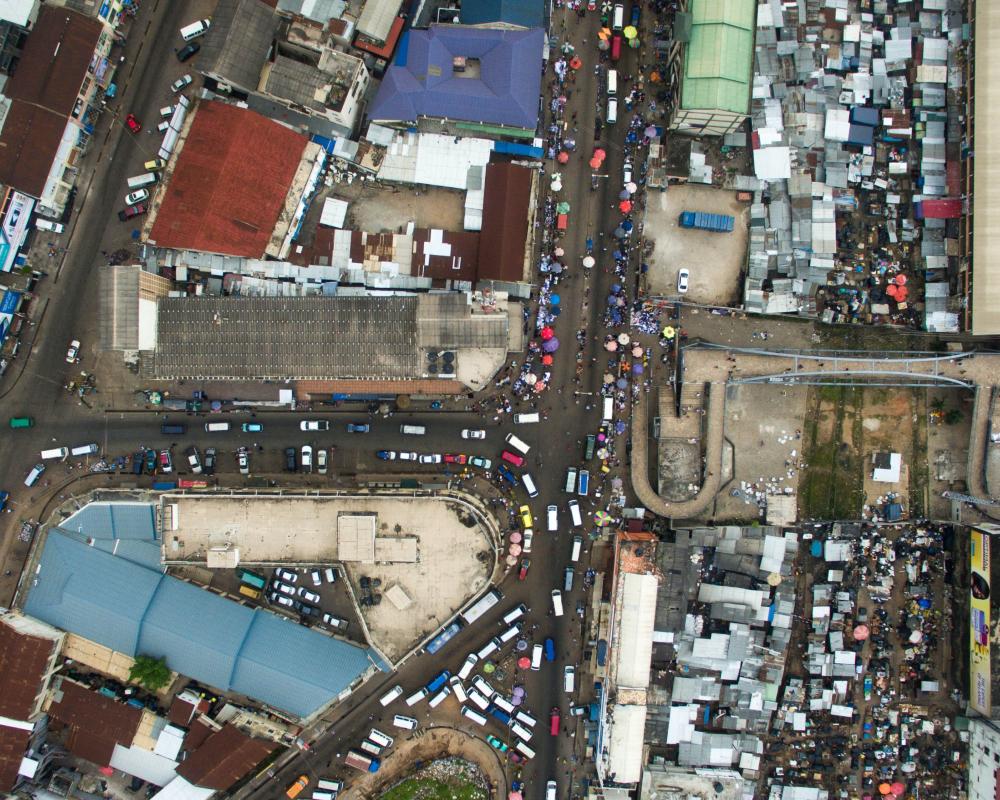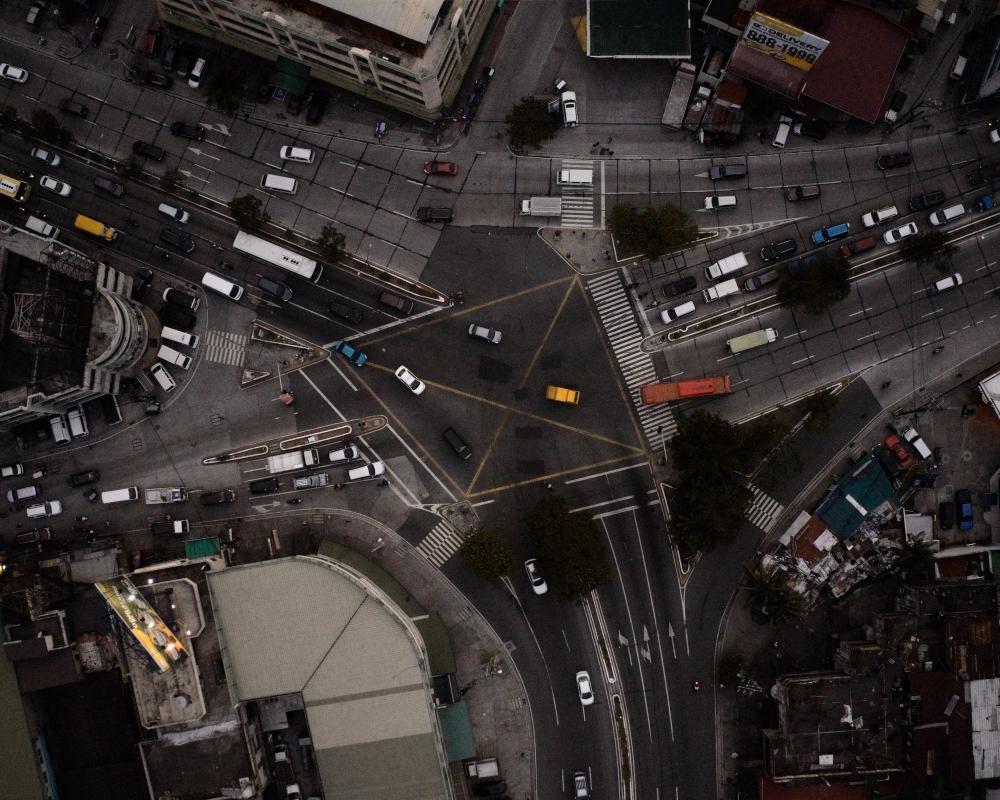City and Country Members
The MobiliseYourCity Partnership has 79 partner cities and 16 partner countries. Our Implementing Partners are supporting 32 cities and 11 countries in preparing SUMPs and NUMPs respectively.

MobiliseYourCity Regions

MobiliseYourCity Africa
Africa's urbanisation rate is higher than any other continent. Starting from a relatively low rate, its urban population is set to grow from 40% to close to 60% by 2050. Numerous African cities are set to double in population size over this period. This rapid urbanization could potentially drive socio-economic growth, allow private economics to flourish and governments to provide public services in a cost-effective manner.
However, African cities are facing critical challenges in supporting this rapid population increase, not least of which in the urban transport space.While walking and informal public transport are the dominant modes of transport in most African cities, with a respective average of 44% and 11% of trips in MobiliseYourCity partner cities, infrastructure for active mobility are largely insufficient and motorisation rates are rapidly increasing.
MobiliseYourCity Asia
Asia is the continent with the highest number of urban dwellers (2.3 billion in 2020) worldwide, accounting for more than half of the global urban population. Known for its megacities and hyper-urbanisation in the past decades, the urbanisation pace in Asia has decreased during the last decade. However, it is expected that by 2035 almost 60% of the Asian population will live in cities.
As this growth is mainly concentrated in small and medium-sized cities -away from the politically and economically well situated megacities- transport systems are faced with the challenge of fulfilling the rapidly growing demand for urban mobility in a sustainable way.


MobiliseYourCity Eastern Europe
Many cities in Eastern Europe have existing urban planning and mass transport systems, often inherited from the Soviet era. But as private car ownership is growing rapidly, ageing public transport fleet and infrastructure, as well as governance and operation issues have contributed to a continuous decrease in ridership.
Some cities are growing rapidly, and so too are the challenges they face. Administrative staff are often unprepared for taking on this new work of reconciling economic and environmental matters with demographic challenges. In particular, it is important to address road congestion and the impact of transport on pollution and greenhouse gases emissions, through better planning and organisation of mobility, and by taking advantage of existing opportunities for alternative motorisation, such as the existing networks of electric buses and trolleybuses.
MobiliseYourCity Latin-America and the Caribbean
Almost 80% of the population of Latin America live in urban centers and although urban growth has slowed down, this proportion will reach 90% in the coming decades. Most cities in Latin America are relatively compact and thus favorable for sustainable urban transport modes. However, a newly developing middle class is adding to increasing rates of private motorisation in many Latin American countries and associated challenges like air pollution, congestions, road safety and greenhouse gas emissions.
In this already highly urbanised context, dealing with the urban transport sector will not only help to improve the quality of life in cities throughout the region but also to reduce overall transport related emissions to curb global climate change.

